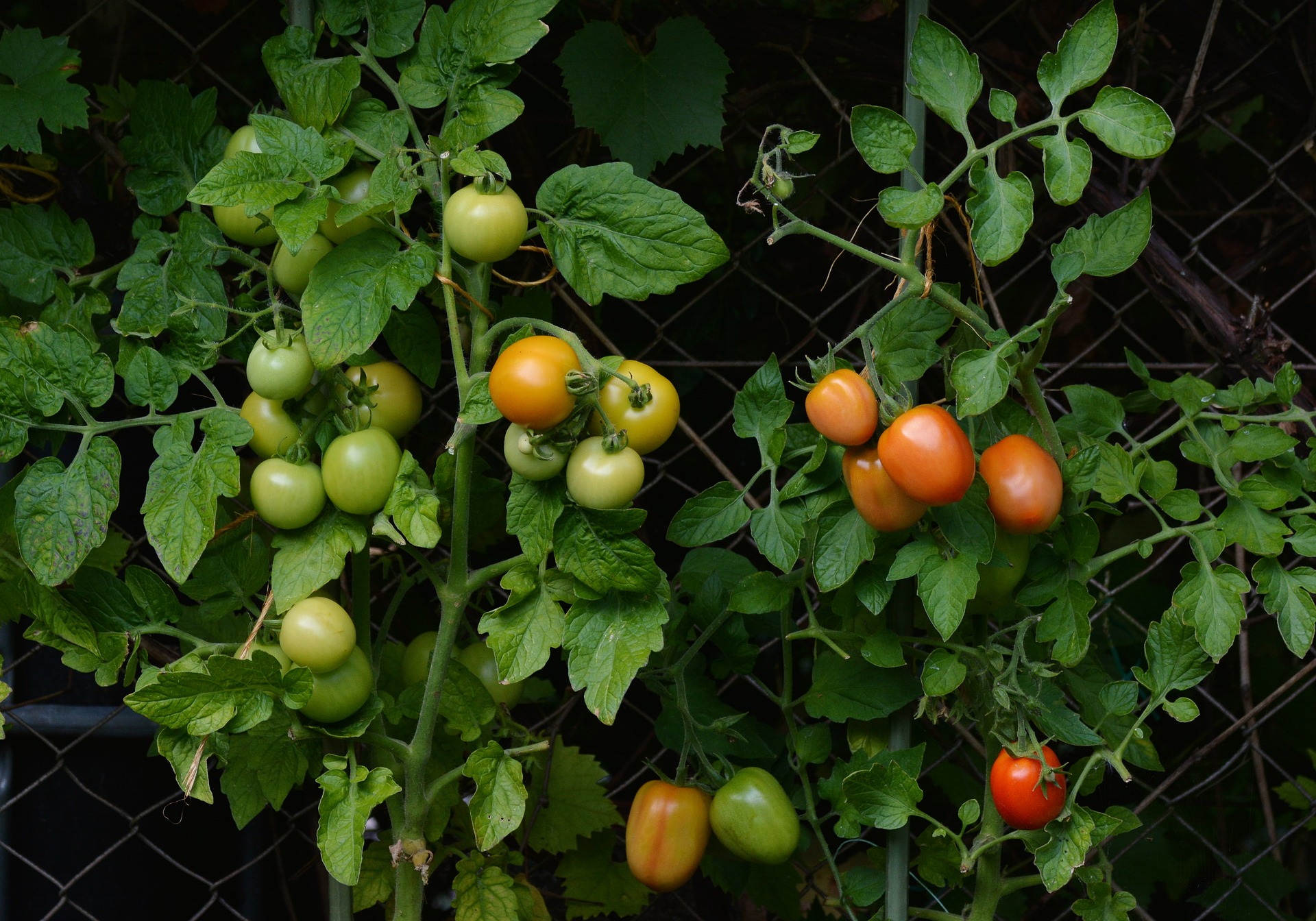Some Plants Use an Internal Thermometer to Trigger Growing Season
Author: Dr. Joseph Mercola | Published: November 12, 2016
Although they may look like bystanders in your garden, plants are actually active communicators and engage in a complex relationship with their environment. They don’t just soak up the sun each day.
More than just providing food, plants have played an important part in human history. Before modern-day medicine, there were plants that provided for medicinal needs. Ancient Egyptian scrolls detail 700 herbs and how they were used to treat patients.1
The World Health Organization (WHO) estimates that 80 percent of the world’s population primarily uses traditional remedies, a major part of which is derived from plants.2
They also play a significant role in the development of the majority of new medications, as manufacturers are using plants to model their synthetic drugs.3
Plants have a unique interconnectedness between each other, soil, microbes, pests and human health. Some of the newest research has now detected how plants know exactly when to increase their growth patterns in preparation for spring and summer.
Initially, scientists believed that plants only used phytochromes to detect light during the daylight hours. Phytochromes are a photoreceptor pigment used mainly to detect the red and far-red visible light spectrum.5 In the plant, it was mainly believed to be responsible for germination, shade avoidance and light detection.
Exposure to red light produces a chemical reaction that moves chromprotein to a functional active form, while darkness makes it inactive.6 The plant will grow toward the sun as the red light converts the chromprotein to an active form that triggers an increased growth in the plant cells.

